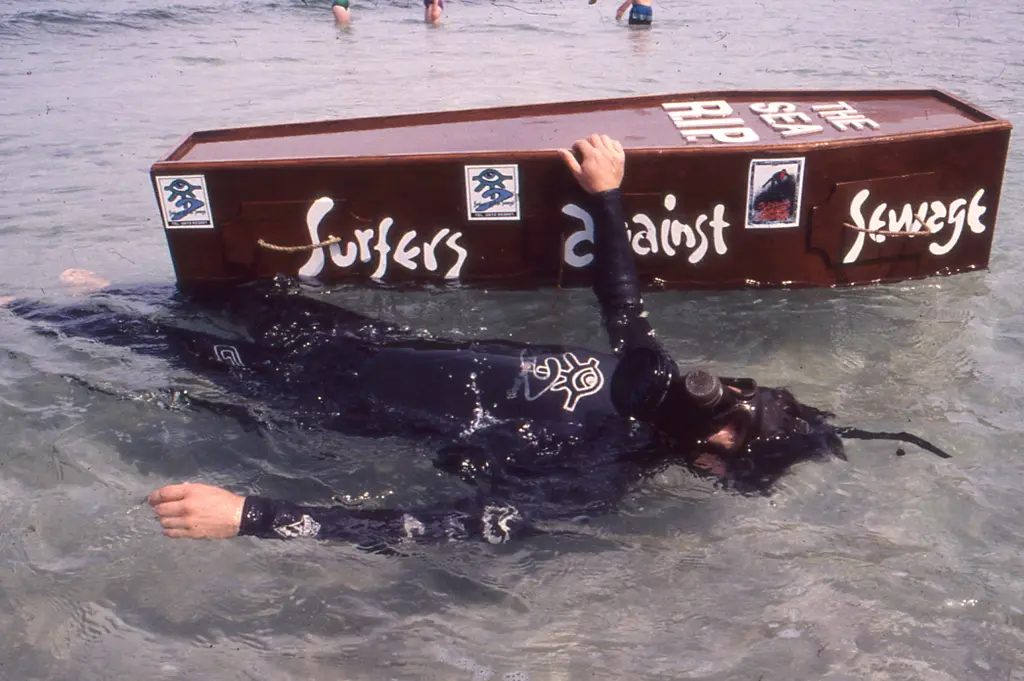Documenting the vibrant frontages of New York’s last remaining ‘mom-and-pop’ stores
- Text by Isaac Muk
- Photography by James and Karla Murray

One afternoon in 2007, James T. Murray and Karla L. Murray were walking around Bedford-Stuyvesant, a “far-flung” neighbourhood in Brooklyn, New York City. As documenters of graffiti art, the married couple were carrying around their 35mm cameras in the hope that a wall they had captured a month previously had been resprayed, until they noticed that something felt off about their surroundings.
“We looked around and said: ‘Wow, the neighbourhood doesn’t look the same anymore, it doesn’t feel the same anymore – something’s different about it,’” recalls Karla, who was raised in The Bronx. “And the light went off in our head that what was different about it was the mom-and-pop store that was literally right across the street from where this wall was, had closed.”
The shuttered shop was Katy’s Candy Store, which had been a fixture in the neighbourhood since the 90s when Karla and James first began visiting the area. Instead of its idiosyncratic black-on-white logo underscored with ‘CIGAR, CIGARETTES, SCHOOL SUPPLIES, NEWSPAPERS, MAGAZINES’ in uneven, hand-written font, the sign had been taken down and windows been painted over. “We just said: ‘Oh my goodness, that’s so sad,’” says Karla. “It lost its charm for us – it didn’t feel the same anymore and it felt like the neighbourhood was suffering with the loss of this store.”

As lovers of unique signage and retro design, they had previously taken a shot of its frontage a few years back while it was still open. The photo now features in their newly published photobook Store Front NYC, alongside hundreds of other family-run independent stores past and present in the Big Apple. But it was noticing the loss of Katy’s that would lead them to crawl persistently across the city’s five boroughs in search of these mom-and-pop stores. Over the next decade-and-a-half, photographing their exteriors the couple created a vast archive of these stalwarts of New York’s community and history.
Staring at the storefronts face on, rarely featuring people, the book’s shots focus specifically on the unique aesthetics that the stores bring to their surroundings. “We tried to present it so that the viewer can place themselves on the street with as little distractions as possible,” says James. “Like if you were walking down the street this is the way that you would see the store.”
From an Italian deli in The Bronx selling regionalised Calabrian pork sausage to tea parlours in Chinatown, via a typewriter’s specialist in Westside Manhattan that has been open for over nine decades – the pictures are an ode to their roles as local hubs, as well as the diversity created by a city built on migration and openness. “Often these mom-and-pop stores are meeting places; gathering spots for the community,” Karla explains. “And that’s why helping to preserve these through our photographs is super important because they serve a purpose.


With the rise of self-checkouts and app-based delivery services, the mom-and-pop stores also serve as a reminder of a form of connectedness at risk of being lost to 21st Century screens. “They’re not just a place to buy something, go in [then] go out,” she continues. “This is a place where you have a conversation with the owner, they know your name… We get coffee every morning from a diner by us, and the owner would see us crossing the street and he’d already have a black coffee on the counter ready for James and a coffee with milk and sugar for me – and that’s the kind of thing that you miss if you don’t go to a mom-and-pop store.”
New York City finds itself gripped by a rental crisis. It's meant that several of these mom-and-pop stores have unfortunately been unable to survive the huge hikes in costs. They've often been replaced by veneered chain businesses encased in “glass box façades” – as James and Karla like to call them. Despite the forces of gentrification changing the fabric of neighbourhoods forever, the pair see a positive outlook for the future of independent businesses. “The fact that a lot of stores have closed is sad to us,” says Karla. “But the project isn’t about the ones that are closed – it’s always been about celebrating the ones that are open and getting the word out so people can go and shop there.”
“We’re always excited to see how it’s going to evolve,” James continues. “Saint Mark’s Place used to be a big punk mecca, and it’s totally different now. But it’s not that the street is dead, and Saint Mark’s is over. Kids exploring it now have their own version of New York and a great pizza shop just opened there – so the evolution is really exciting to me and Karla.”
You might like

On Alexander Skarsgård’s trousers, The Rehearsal, and the importance of weirdos
Freaks and Finances — In the May edition of our monthly culture newsletter, columnist Emma Garland reflects on the Swedish actor’s Cannes look, Nathan Fielder’s wild ambition, and Jafaican.
Written by: Emma Garland

Dalia Al-Dujaili: “When you’re placeless, nature can fill the void”
Babylon, Albion — As her new book publishes, the British-Iraqi author speaks about connecting with the land as a second-generation migrant, plants as symbols of resistance, and being proud of her parents.
Written by: Zahra Onsori

Why Katy Perry’s space flight was one giant flop for mankind
Galactic girlbossing — In a widely-panned, 11-minute trip to the edge of the earth’s atmosphere, the ‘Women’s World’ singer joined an all-female space crew in an expensive vanity advert for Jeff Bezos’ Blue Origin. Newsletter columnist Emma Garland explains its apocalypse indicating signs.
Written by: Emma Garland

Katie Goh: “I want people to engage with the politics of oranges”
Foreign Fruit — In her new book, the Edinburgh-based writer traces her personal history through the citrus fruit’s global spread, from a village in China to Californian groves. Angela Hui caught up with her to find out more.
Written by: Angela Hui

The rebellious roots of Cornwall’s surfing scene
100 years of waveriding — Despite past attempts to ban the sport from beaches, surfers have remained as integral, conservationist presences in England’s southwestern tip. A new exhibition in Falmouth traces its long history in the area.
Written by: Ella Glossop

We are all Mia Khalifa
How humour, therapy and community help Huck's latest cover star control her narrative.
Written by: Alya Mooro







